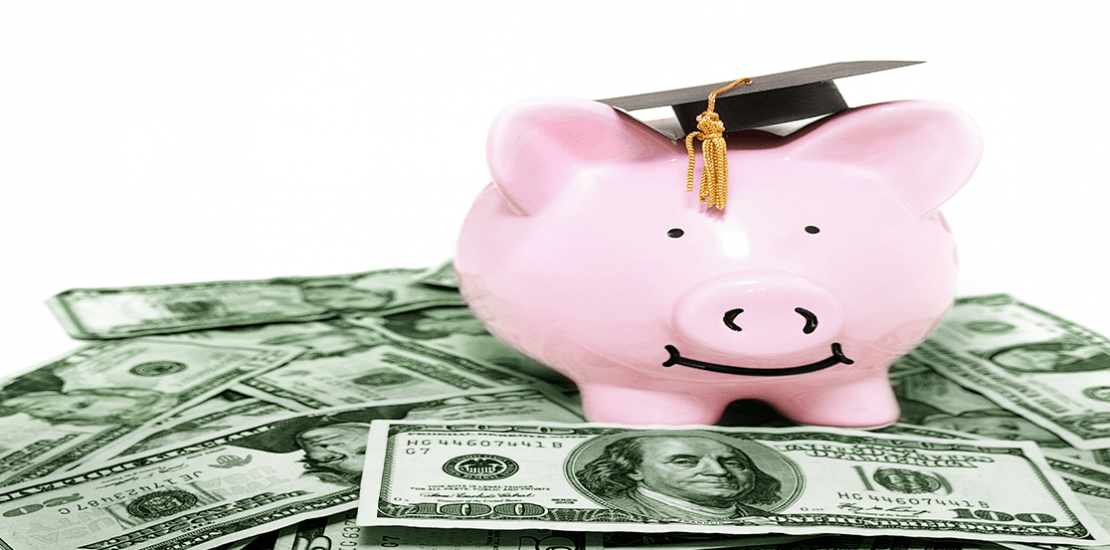- July 30, 2020
- Posted by: Carter Davis
- Category: News

If you’ve just gotten out of college and have the looming dark cloud of loan payments above your head, knowing the different types of student loan programs will help you determine which program is best for you.
Income-Contingent Repayment Program (ICR)
The income-driven repayment plan began in 1994. Income-driven repayment plans consist of monthly payments that adjust yearly based on how much money you make. Income-Contingent Repayment Programs, or ICRs, gave many low-income families an option for repaying student loan debt. ICR programs typically have higher monthly payments than other plans, but the payments are never higher than those of a standard ten-year repayment plan. ICRs will figure 20% of your income for payments, which will last for 25 years. These programs are relatively easy to qualify for, with few exceptions.
Income-Based Repayment Program (IBR)
In 2007, a new payment plan was created to offer more financial support from the government. When you have an Income-Based Repayment Program, or IBR, the government will pay for any unpaid accrued interest for up to three years of consecutive payments. IBR has a strict requirement of having a partial financial hardship. If you lose the partial financial hardship qualification before the three years, the accrued interest gets added to the loan repayments. IBR payments are typically 10 to 15% of your income for 20 years, or 25 years if you started borrowing before 2014. If your income ever increases to the point where the repayments would be higher than those of a standard ten-year plan, you’ll instead pay what you would pay for the ten-year plan; payments will no longer be based on your income.
Pay As You Earn Program (PAYE)
The Obama Administration created a brand-new income-driven repayment program in 2011; however, it had specific qualification guidelines at the time and was harder to get into. Pay As You Earn plans, or PAYE plans, will cap your monthly payments at 10% of your income. Similar to IBR plans, your payments will never exceed the amount you’d pay for a standard ten-year plan and will switch to that amount if your income is high enough. This program provides loan forgiveness after 20 years.
Revised Pay As You Earn Program (REPAYE)
Four years after PAYE was established, the government created the Revised Pay As You Earn Program, or REPAYE. The qualifications for REPAYE include loans created before PAYE was in place, so long as the loan was on an approved list for the specific plan. The major difference with REPAYE is that your income-driven repayments do not have a cap—even if your payments surpass those of a ten-year payment plan, they’ll remain at 10% of your income. REPAYE offers 20-year loan forgiveness, or 25 years if you include graduate school.
If you find loans overwhelming or struggle with payments, consider getting help from a student debt relief company such as Hope Credit. We can help you sort out the different types of student loan programs and choose the best one for you.
Hope Credit can provide you with student loan professionals who can get you through the fear and doubt.
CALL FOR A FREE QUOTE: (760) 916-9313 Or Contact Us: HopeCredit.net/contact-us/
